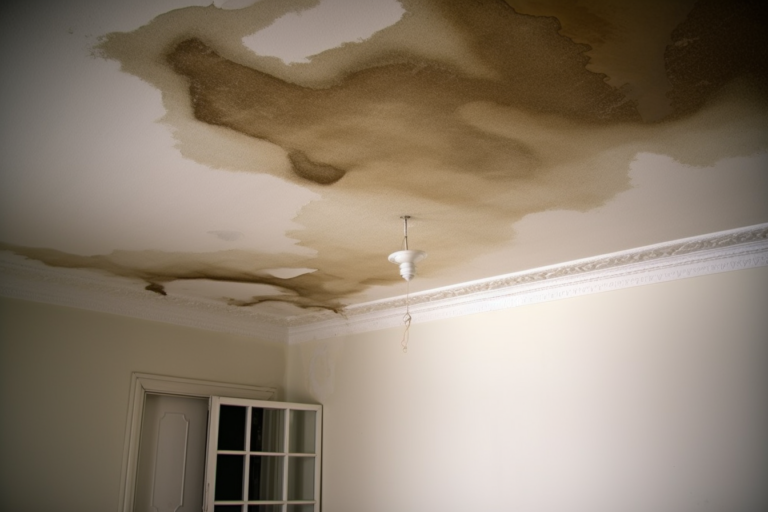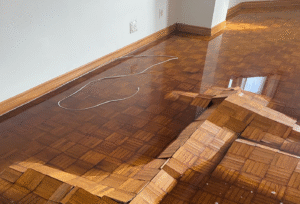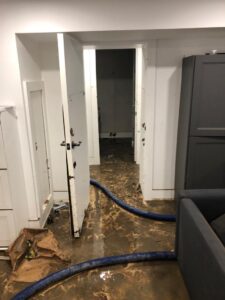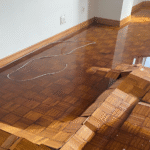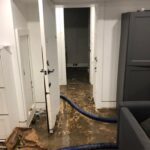When a sewer backup occurs, it can cause serious property damage, health risks, and costly repairs. If you live in Toronto or the Greater Toronto Area (GTA), you may already know how critical it is to respond quickly to sewage backup and to understand who is responsible—you or the City of Toronto. This comprehensive guide explains everything homeowners need to know about sewer backups, from causes and prevention to sewage cleanup and navigating city responsibility.
What is a Sewer Backup?
A sewer backup happens when wastewater doesn’t properly drain through your plumbing system and instead flows back into your home. It often enters through toilets, drains, or sinks, bringing contaminated water, bacteria, and waste materials.
Common Causes of Sewer Backups in Toronto
The City of Toronto is a mix of old and new infrastructure, which makes it more vulnerable to sewer problems. Common causes include:
- Tree Root Intrusion
Tree roots can break into aging sewer lines looking for moisture, causing blockages. - Heavy Rainfall and Storm Overflows
Toronto’s combined sewer systems can become overwhelmed during storms, leading to overflows. - Clogs from Household Waste
Flushing wipes, grease, and non-biodegradable items can cause clogs in both private and public lines. - Old Infrastructure
Some Toronto neighborhoods still rely on combined sewer systems built decades ago. These are more prone to backflow during wet weather.
Signs You’re Experiencing a Sewer Backup
Recognizing a sewer backup early can minimize damage. Look for:
- Foul sewage odors indoors
- Gurgling toilets or drains
- Water backing up from basement floor drains
- Multiple drains clogging simultaneously
- Soggy or foul-smelling areas in your yard
Health Risks of Sewage Backup
Sewage backup isn’t just unpleasant—it’s dangerous. Contaminated water can contain:
- E. coli and salmonella
- Parasites and viruses
- Mold spores and allergens
Direct exposure can lead to respiratory problems, skin rashes, and gastrointestinal illness. That’s why professional sewage cleanup is vital.
What to Do Immediately After a Sewer Backup
If your home has experienced a sewer back up, act fast:
- Stop using water immediately to prevent further backup.
- Turn off electricity if water is near outlets or panels.
- Contact a professional water damage restoration company in Toronto.
- Call 311 to report the incident to the City of Toronto.
- Document everything for insurance purposes.
The City of Toronto’s Sewer Backup Responsibilities
Wondering about sewer backup city responsibility? Here’s what the city handles:
- Maintenance of public sewer mains
- Blockages in city-owned infrastructure
- Investigation of backup claims
However, the homeowner is responsible for the sewer lateral on private property, up to the property line. If the issue is found on the city side, they may cover repairs or reimburse costs.
Filing a Sewer Backup Claim with the City of Toronto
To hold the city accountable, you must file a claim within 10 business days of the incident. Here’s how:
- Document damages thoroughly with photos and receipts.
- Submit a claim to the City Clerk’s Office (online or by mail).
- Wait for investigation—the city will inspect sewer lines and determine responsibility.
Remember, if the city can prove they maintained their infrastructure properly, they may not be liable.
Why Professional Sewage Cleanup is Non-Negotiable
DIY cleanup is not recommended due to contamination risks. Professional sewage cleanup services:
- Remove contaminated water safely
- Disinfect and sanitize all affected areas
- Prevent mold and structural damage
- Restore your property to pre-loss condition
Reputable Toronto-based companies are trained, certified, and available 24/7.
Preventing Future Sewer Backups
You can’t stop the rain, but you can reduce your risk of another sewage backup:
- Install a Backwater Valve
These valves prevent wastewater from re-entering your home during heavy rainfall. The City of Toronto offers a subsidy of up to $1,250 for installation. - Avoid Flushing Problematic Items
Never flush wipes, diapers, grease, or paper towels. - Regular Plumbing Inspections
Annual inspections help detect minor issues before they cause full-scale backups. - Improve Drainage Around Your Home
Keep gutters clean and direct water away from your foundation.
How a Water Damage Restoration Company in Toronto Can Help
A water damage restoration company in Toronto and the GTA offers more than cleanup. They provide:
- 24/7 emergency response
- Sewage extraction and disinfection
- Drying and dehumidification
- Insurance support and documentation
- Reconstruction and renovation services
Hiring a local expert ensures fast response times and familiarity with Toronto’s sewer system and municipal regulations.
Dealing with a sewer backup in the City of Toronto is never easy, but with the right knowledge and the help of a professional sewage cleanup team, you can minimize damage, protect your family’s health, and prevent future issues. Understanding sewer backup city responsibility can also help you navigate claims more successfully. Whether you’re facing a current backup or preparing for the future, partnering with a reliable water damage restoration company in Toronto ensures peace of mind.
📞Call Us 24/7 at 416-639-1722 for immediate water damage help
🌐 Visit Restoration Canada to learn more
📍 Proudly serving Toronto and GTA area

